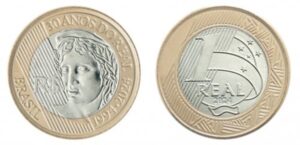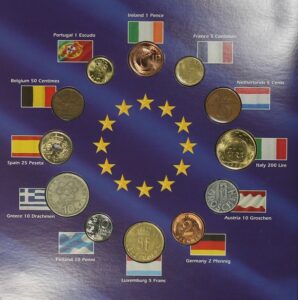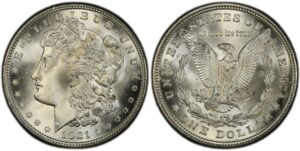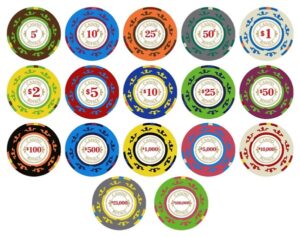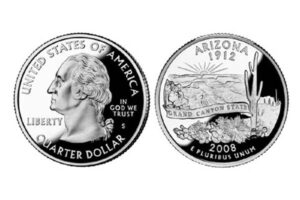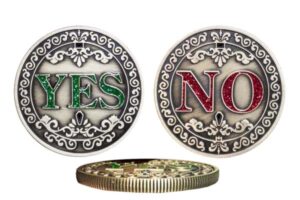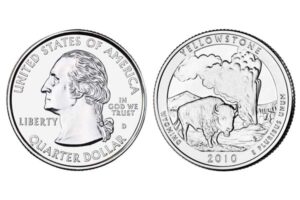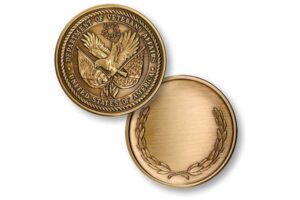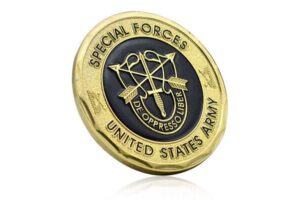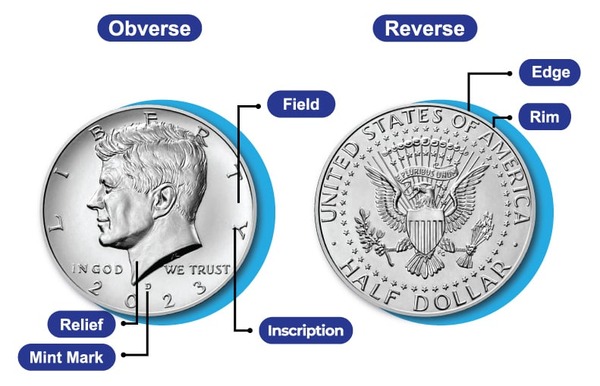
You're holding a 1921 Morgan silver dollar. Its weight feels right, but the worn faces tell conflicting stories. Let's decode coin anatomy together.
Coin description documents physical attributes (diameter, weight, metal content) and design elements (images, text, edge patterns) for identification and valuation purposes.
Last month, a collector almost bought a counterfeit Athenian owl tetradrachm. Proper description saved him $8,000. Here's how to avoid costly mistakes.
Which Side of the Coin is Head and Tail?
Heads I win, tails you lose - but which is which? The answer depends on issuing authority rules.
The head (obverse) typically shows national symbols or ruling figures. The tail (reverse) displays monetary value or cultural icons. US coins feature presidents' portraits on heads.
Official Mint Guidelines
| Country | Head Side Features | Tail Side Features |
|---|---|---|
| USA | Current/former president | Eagle/Great Seal |
| UK | Monarch portrait | National emblem |
| Japan | Chrysanthemum crest | Value/date |
The Royal Mint requires new monarchs to face opposite directions from predecessors. Queen Elizabeth II's coins show right profile, while Charles III faces left.
What is the Description of a Coin?
Auction houses use 12-point checklists. I'll share the 4 essential elements every collector needs.
Complete descriptions include physical measurements (diameter: 24.26mm), metallic composition (90% silver), obverse/reverse designs, mint marks, and edge characteristics (reeded/smooth).
Critical Identification Factors
- Weight precision: Use 0.01g scales - 1965 US quarters should weigh 5.67g
- Magnetic response: Genuine silver coins aren't magnetic
- Sound test: Silver makes distinctive ring when struck
- Edge inspection: Look for seam lines on cast counterfeits
At our factory, we laser-engrave microscopic serial numbers near the rim for authentication - invisible without 10x magnification.
What Are the Two Sides of a Coin Called?
Numismatists never say "heads/tails". The correct terms reveal hidden stories.
The obverse (front) displays sovereign authority, while the reverse (back) shows monetary value. Edge inscriptions serve as third design space for security features.
Historical Evolution Table
| Era | Obverse Content | Reverse Content |
|---|---|---|
| Ancient Greek | City patron deity | Civic symbols |
| Roman Empire | Emperor portrait | Military victories |
| Medieval | Ruler on throne | Religious crosses |
| Modern | National icons | Economic values |
Our clients often add QR codes on reverses - scan a challenge coin to verify its production batch and materials.
How to Tell Head or Tail?
The 1907 Saint-Gaudens double eagle confused everyone. Let's learn from that mistake.
Identify heads by higher-relief portraits, sovereign symbols, or mint date placement. Tails usually have larger numerical denominations.
5-Step Authentication Process
- Check date position: 89% of world coins place dates on heads
- Compare relief depth: Heads often have 0.2mm deeper engraving
- Locate mint marks: US coins show mint letters on tails
- Identify sovereign elements: Crowns/coats of arms = heads
- Edge lettering orientation: Rolls right-side up for heads
We use coordinate measuring machines (CMM) to verify design depths within ±0.05mm tolerance.
Why is a Coin Called a Coin?
The word traveled from Latin "cuneus" (wedge) through Old English "cōn". But the full story involves Roman military tech.
"Coin" derives from wedge-shaped dies used in 13th-century mints. Modern coins retain key anti-counterfeit features from ancient prototypes.
Etymology Timeline
- 298 BC: Roman "Moneta" temple origin of "mint"
- 1250 AD: French "coing" (corner wedge)
- 1362 AD: English "coin" first appears in tax records
- 1792 US: Coinage Act establishes decimal system
Our engravers still use wedge-shaped tools for certain antique finishes - a 700-year tradition updated with CNC precision.
Premium Custom Coins for Serious Collectors
Before we conclude, let me share why museums and numismatic societies choose our workshop:
Material Excellence
- 18K gold plating (2.5µm thickness guaranteed)
- Military-grade zinc alloy cores
- Patented anti-tarnish coating
Technical Capabilities
- Micro-engraving down to 0.1mm line width
- Dual plating (gold + rhodium edge)
- RFID/NFC chip embedding
Client Success Example
The British Museum commissioned Tudor rose coins with:
- 3D layered enamel
- Recreated 16th-century patina
- Blockchain authenticity tokens
Contact us for collector sets or custom projects. First-time clients receive free 3D prototypes.
Conclusion
Accurate coin description1 requires measuring physical traits and decoding design intent. Master these skills to build valuable collections confidently.
-
Understanding coin description is crucial for collectors to identify and value their coins accurately. Explore this resource for in-depth insights. ↩

